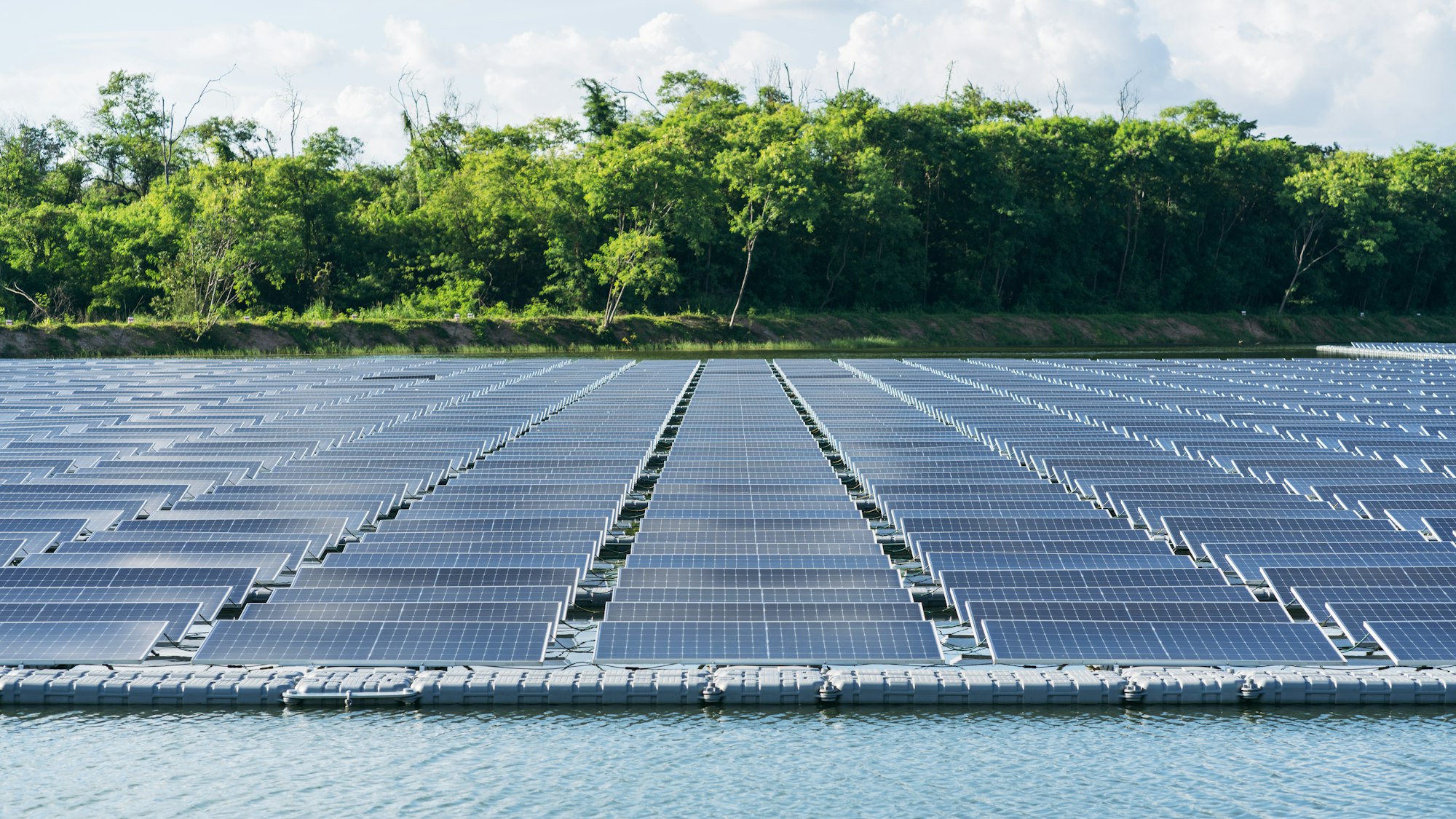Semarak Renewable Energy Sdn. Bhd.

Semarak Renewable Energy Sdn. Bhd.


As the world grapples with the urgent need to transition towards renewable energy sources, innovative solutions are emerging to harness the immense power of the sun. One such technology gaining momentum is floating solar, a concept that promises to revolutionize how we generate clean electricity while overcoming land constraints and enhancing environmental sustainability.
Floating solar, also known as floating photovoltaic (FPV) or photovoltaics, involves installing solar panels on water bodies such as lakes, reservoirs, ponds, and even the sea. This approach offers several distinct advantages over traditional land-based solar installations, making it an increasingly attractive option for governments, businesses, and communities worldwide.
One of the primary benefits of floating solar is its ability to maximize land use efficiency. With land scarcity becoming a growing concern, especially in densely populated areas, utilizing water surfaces for solar power generation presents a compelling solution. By tapping into underutilized water bodies, floating solar projects can produce significant amounts of clean energy without competing for valuable land resources needed for agriculture, urban development, or conservation purposes.
Environmental benefits play a crucial role in the growing adoption of floating solar technology. By covering water surfaces with solar panels, these installations help reduce water evaporation, mitigate algae growth, and minimize the proliferation of invasive species. Additionally, the presence of floating solar arrays can create new habitats for aquatic life, supporting biodiversity conservation efforts in water ecosystems.
In recent years, the deployment of floating solar has witnessed a significant surge across the globe. Countries like Japan, China, the United States, and India have emerged as key pioneers in implementing large-scale floating solar projects. These initiatives range from small-scale pilot projects to expansive installations spanning several hectares, demonstrating the scalability and versatility of the technology.
Looking ahead, the future of floating solar appears promising, with ongoing research and development efforts aimed at further enhancing its efficiency, durability, and cost-effectiveness. Advances in floating platform design, solar panel technology, and anchoring systems are poised to drive down installation costs and accelerate the deployment of floating solar on a larger scale.
Floating solar represents a compelling solution to the dual challenges of land scarcity and climate change, offering a sustainable path towards a cleaner, greener energy future. By harnessing the sun’s power on water surfaces, floating solar technology holds the potential to reshape our energy landscape, ushering in an era of renewable energy abundance and environmental stewardship.